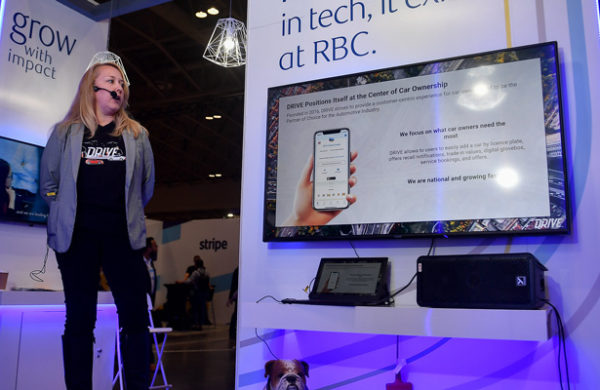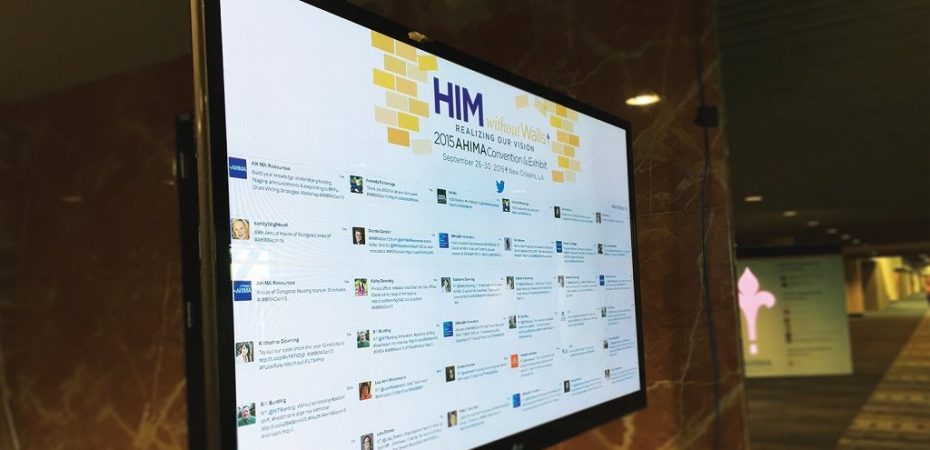To start with, you need to think about scale. It is the difference between adding a few digital signs around the place to having the place rewired for all the extra power. Ideally, setting up a network for your event is not something you should do without some sort of experience with regular digital signs. You need to start small with something like digital signage with apple TV, you need to learn how it all works, and then plan to scale up the installation so that you have a full network at play.
Download Your Software On Your PC
Let’s start with a central hub. This is a place where all the action takes place. You download and install KitCast onto your computer. It doesn’t have to be your computer, but since you are setting up a network, you should start with something solid and reliable like your desktop PC.
You need to download the software onto each of your digital signs. It is no different to adding apps to your phone. In fact, if you have an unlocked TV, then you can add the app to that too. Adding the app simply allows you to pair up the digital signs more easily.
Add Your First Digital Sign
Get the ball rolling by having your PC and your first digital sign in the room with you. Don’t install or hang up your first digital sign, have it in the room with you. Let’s run a few tests first. Add the app to your digital sign, and pair it up with the software on your PC. This is done several ways, but the most traditional is to make a connection over the Internet. The digital sign gives out a special code. You enter that code into the software on your PC, and you can discover and connect with the digital sign.
After Adding Your First Sign
Now it is time to run a few tests to see if everything is working correctly. Add your first piece of video content onto your PC, add it into the software, and try streaming it onto the digital sign. Try the other features like scheduling and having the video repeat over and over again. This is the stage where you iron out the wrinkles in the system, not to mention getting to grips with how the system works. Examine all your options, and see which setup suits you the best.
Adding Other Screens to the System

As daunting as it seems, the process for maintaining fifty screens is not that different to maintaining just one. The process for adding more is similar to how you added the first screen. After a while, you are going to be able to set up streaming devices and make Internet connections so that you can link and stream content to digital signs around the world. The point of having the first digital sign in the room with you is so that you can see how well it is working. Once you are accustomed to the system, you will be able to add new signs to your network very easily.
Screen Setups and Installations
There are many ways to go about setting up your screens. Are you going to have tens of screens pushed together so they create the illusion of a single screen? Are you going to have screens around your store, around your entire business, or around your town? Are the signs going to say the same things, or will each have its own content? Will your signs have the same information loaded and then run on repeat, or will they be live so that you can change the content in real-time? The choice is yours and your options are wide open.
Read also:
- Emerging Technologies in SEO 2022
- The Android Banking Trojan, SOVA Returns With New Capabilities and Targets
- Cyber Espionage Operations in South Asia face a crackdown by Meta
- Facebook Business and Ad Accounts Targeted by New Ducktail Infostealer Malware
- Top 3 Websites to Download Free Vector Illustrations
- 5 Advantages to be Multilingual Professionals in 2022

